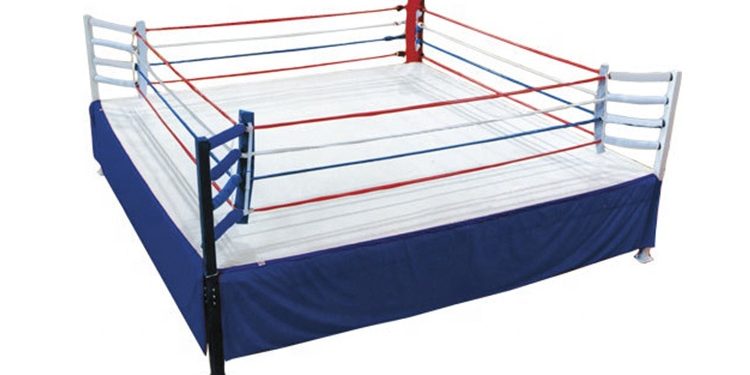In the theater of combat sports, the boxing ring serves as the crucible where warriors clash, legends emerge, and history is made. In this article, we delve into the anatomy and psychology of the boxing ring, exploring how its dimensions and symbolism shape the narratives of battles within its squared boundaries.
Dimensional Dynamics A boxing ring’s dimensions are more than mere measurements; they are strategic variables that influence fight outcomes. Smaller rings favor aggressive fighters seeking close-quarters combat, while larger rings provide more space for technical boxers to move and evade.
The Psychological Arena Stepping into the boxing ring triggers a psychological shift. The confined space intensifies emotions, magnifying nerves, excitement, and focus. The ring becomes a psychological arena where fighters must channel their emotions into controlled aggression.
Ring Generalship A masterful boxer capitalizes on the psychology of the ring. Ring generalship involves controlling the ring’s geography, forcing opponents into disadvantageous positions. Effective movement and positioning not only score points but also demoralize opponents.
Center Stage and Symbolism The center of the boxing ring holds symbolic significance. It’s not just the physical midpoint; it represents the apex of power, control, and strategy. Fighters jockey for dominance in this space, signifying their intent to seize control of the match.
Audience Interaction The boxing ring is where the roar of the crowd and the intensity of the moment converge. The crowd’s energy influences the atmosphere and can sway judges’ perceptions. Fighters who harness this energy often perform at their peak, driven by the adulation or rivalry of spectators.
Conclusion The boxing ring is a realm where the physical and psychological dimensions intertwine. Its dimensions influence tactics, its symbolism fuels determination, and its audience interaction elevates the stakes. Fighters who master the art of the ring navigate its intricacies to etch their stories in the annals of combat sports history.




















